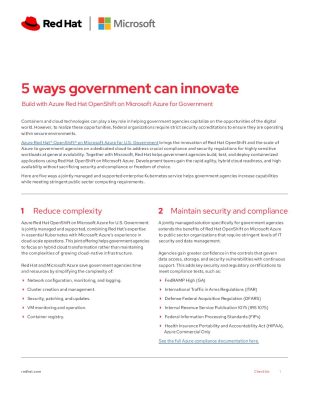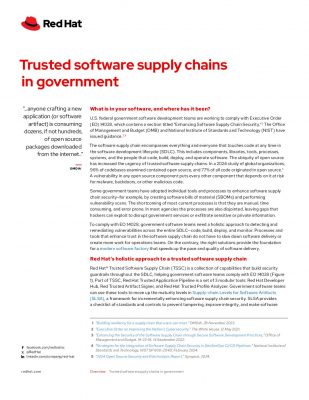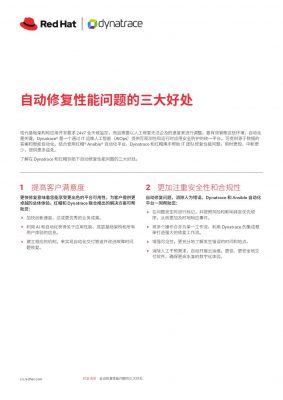Highlights
- The three businesses accounted for 65% of the USD 53 billion global cloud-service spending in the first quarter of the year, up from 52%of global sales four years earlier.
- Smaller cloud services have seen a decline in market share as more cloud spending moves to the most prominent platforms.
The triad of businesses that control cloud computing has benefited from the pandemic era. Amazon.com Inc., Microsoft Corp., and Google now seem prepared to increase their hold on the cloud as the economy enters another turbulent phase.
According to Synergy Research Group, the three businesses accounted for 65% of the USD 53 billion in global cloud-service spending in the year’s first quarter. It went up from 52% of global sales four years ago. According to executives and analysts, their scale makes them better equipped to maintain investments and draw clients looking for security in uncertain times; thus, their dominance of the quickly expanding business is predicted to remain.
Amazon, Microsoft, and Google have been growing as businesses migrate to the large platforms, with sales increasing by more than 30% year over year in recent quarters. Alternatively, smaller cloud services experience a market share drop.
The big three win the race
As more life and work moved online due to the pandemic, spending on cloud computing services increased significantly. Analysts claim that the sector’s economics, which necessitates significant expenditures on servers and the facilities that host them, have contributed to the industry’s leading cloud firms consolidating their dominance.
The average cost of establishing and maintaining those networks of server farms decreases as they grow, providing the three corporations an advantage. They also benefit from having the ability to create their software, chips, and other cloud-related technology.
According to analysts surveyed by FactSet, the combined revenue from cloud services at the top three companies increased by more than 33% last year and is anticipated to increase by almost 29% this year.
Cloud service demand has remained high as other tech industries are experiencing post-pandemic slowdowns, according to Thomas Kurian, CEO of Google Cloud, whose global market share has climbed from 1.5% in 2015 to 7.1% in 2021, per Gartner Inc. He said, “We still see significant demand and interest from customers around the world in virtually every industry.”
Difficulties for more minor cloud services
In contrast, smaller cloud services have seen a decline in market share as more cloud spending moves to the most powerful platforms. Analysts predict that the fundraising climate for smaller companies in the sector will become more difficult because of investors’ decreased willingness to take significant risks due to falling stock prices. Additionally, they assert that consumers want to consolidate their purchases and are likelier to choose and stick with the biggest firms, who frequently provide more excellent reliability and a more comprehensive range of options.
Some new and established cloud companies have increased their operations by offering software and services to make it easier for clients to interact with the cloud. Although the other cloud companies typically still have to collaborate with the three due to their dominance in cloud hosting, they are in an excellent position to launch rival products in the future.
One of the rapidly rising cloud service companies is Snowflake Inc., but the cloud platforms it employs are giving it enough competition. In each of the last two fiscal years, Snowflake’s yearly revenues have doubled. But this year, the business forecasts their growth to drop to 66%.
New software businesses have accused Amazon and Google for creating rival cloud software. The giants claim that they are only responding to the demands of its customers.
Newcomers to the cloud platform market, such as Sushi Cloud LLC, are trying to gain traction by concentrating on specialized areas like lowering the cost of hosting artificial intelligence software on the cloud. Others, like Cloudflare Inc., are attempting to attract clients by charging reasonable fees to transfer data out of their clouds. The best cloud providers frequently charge for moving data. The new companies are only hoping that there is more room for challenger companies.























































